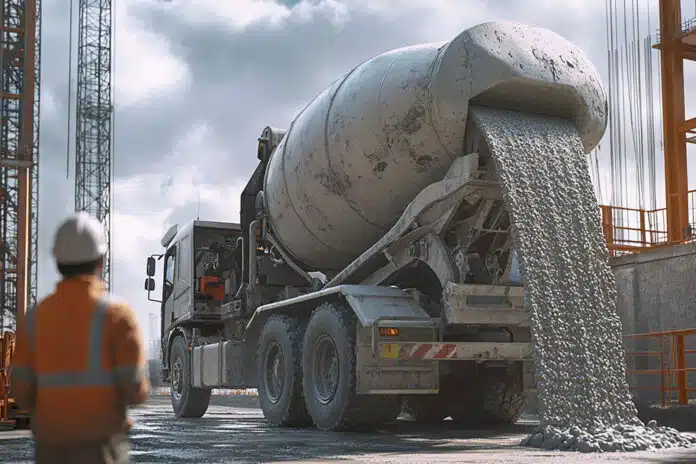
By Ashwini Sakharkar 28 Sep, 2024
Collected at: https://www.techexplorist.com/new-model-help-understand-stress-strain-behavior-ultra-high-performance-concrete/90476/
A groundbreaking study recently published in Engineering has introduced a cutting-edge stress-strain model that is poised to transform the way engineers approach the design and understanding of ultra-high-performance concrete (UHPC) confined by fiber-reinforced polymers (FRP). Spearheading this significant advancement in concrete research are S.S. Zhang, J.J. Wang, Guan Lin, and X.F. Nie, who have delved deep into the compressive behavior of FRP-confined UHPC, effectively filling a crucial void in current structural engineering models.
UHPC has emerged as a cornerstone of modern construction, owing to its unparalleled strength and resilience. Yet, grappling with its behavior when confined to FRP materials has posed a formidable challenge. While traditional models have successfully elucidated the stress-strain dynamics for normal-strength concrete (NSC) confined by FRP, they have fallen short in the realm of UHPC application.
The groundbreaking study, conducted by researchers from Huazhong University of Science and Technology and Southern University of Science and Technology, aimed to close the gap in understanding the failure mechanisms of UHPC under concentric compression. Their work involved developing a refined analysis-oriented model to shed light on this critical issue.
Through a series of meticulously designed experiments, the researchers delved into the behavior of UHPC under concentric compression when confined by FRP. Their findings challenged the commonly held assumption of stress-path-independency, revealing that this model, effective for FRP-confined NSC, does not hold true for UHPC. This pivotal insight prompted the team to rethink and modify existing models, ultimately leading to a more accurate representation of the behavior of FRP-confined UHPC.

The groundbreaking research revealed that the development of diagonal cracks in FRP-confined UHPC led to uneven lateral expansion, reducing the effective confining pressure from the FRP to the UHPC. This discovery challenges the traditional stress-path-independency assumptions used for NSC.
To tackle these challenges, the researchers crafted a cutting-edge model that factors in the influence of stress-path dependency. By fine-tuning the confining pressure and introducing a new equation for the confining pressure gap, the team successfully integrated this crucial element into their analysis-oriented model.
The proposed model underwent rigorous testing using a comprehensive database of collected test results. The validation process showcased the new model’s remarkable accuracy in predicting the stress-strain behavior of FRP-confined UHPC. This breakthrough marks a substantial advancement over previous models and equips engineers with a more dependable tool for designing and analyzing UHPC structures.
This groundbreaking study represents a significant leap forward in the realms of structural engineering and concrete science. The introduction of an analysis-oriented model that takes into account stress-path dependency provides a more intricate understanding of UHPC’s compressive behavior. This advancement not only elevates the design and safety of structures utilizing UHPC but also paves the way for exciting new avenues in future research.
The ability to accurately forecast the behavior of FRP-confined UHPC will have far-reaching implications for the construction industry, potentially leading to more efficient and safer designs for a wide range of structural applications. Researchers and engineers now have the opportunity to harness these insights to enhance the performance and longevity of UHPC structures, driving innovation in concrete technology.
This research equips engineers and researchers working with UHPC with a powerful tool. As the construction industry continues to evolve, this new model promises to play a pivotal role in shaping the future of high-performance concrete applications.
Journal reference:
- S.S. Zhang, J.J. Wang, Guan Lin, X.F. Nie. Analysis-oriented stress–strain models for ultra-high-performance concrete confined with fiber-reinforced polymer. Engineering, 2024; DOI: 10.1016/j.eng.2024.08.002

Leave a Reply